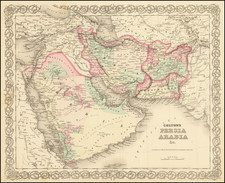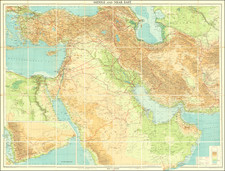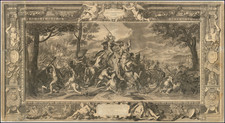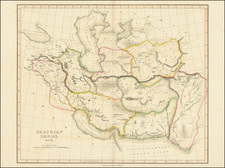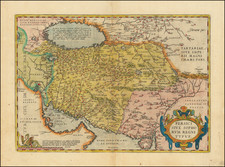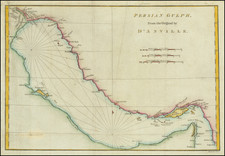Silk Road Trading Center of Kashan From the Eye Witness Account of A French Traveller
Finely engraved view of the city of Erivan from the account of Pierre Chardin.
In the 16th and 17th centuries, Erivan was a major center of trade and commerce on the Silk Road. Taken from a neighboring hillside, the view includes Erivan's fortress, which stood at the center of the city. Built by the Persians in the 5th century, the Erivan Fortress was an imposing and formidable structure, with high walls and towers. The fortress was a symbol of the city's importance and power, and would have been a prominent feature of the city's skyline.
Another notable landmark that would have been visible from a bird's eye view of Erivan in the late 17th century was the Blue Mosque. Built in the early 17th century by the Ottoman Turks, the Blue Mosque was a beautiful and elegant structure, with a blue-tiled dome and minarets. The mosque was an important center of worship for the city's Muslim population, and would have been a prominent feature of the city's skyline.
In addition to its historic buildings and landmarks, a bird's eye view of Erivan in the late 17th century would also have revealed a bustling and vibrant city, with many people going about their daily lives. The city was an important center of trade and commerce, and would have been filled with merchants, traders, and travelers from all over the world. The streets would have been crowded with people, animals, and carts, and the city would have had a lively and energetic atmosphere.
Overall, a bird's eye view of Erivan from the late 17th century would have revealed a city with a rich and fascinating history, filled with historic buildings and landmarks, and bustling with trade and commerce. Despite its many changes and challenges over the centuries, Erivan remains an important and vibrant city today.
Pierre Chardin was a French jeweler and traveler who visited the Middle East in the 17th century. His "Voyages du Chevalier Chardin en Perse et autres lieux de l'Orient," is a valuable historical document. Chardin describes his travels to Persia, including his visit to the city of Kashan. He writes about the city's beautiful architecture, its thriving trade and commerce, and its skilled artisans. Chardin also discusses the culture and customs of the people of Kashan, providing insight into their way of life.
Erivan
Erivan was founded in 782 BC by King Argishti I, and has been an important center of trade and commerce for much of its history. The city has been conquered and ruled by many different empires over the centuries, including the Persians, the Romans, the Byzantines, and the Ottoman Turks. Each of these empires left their mark on the city, and Erivan today is a unique blend of different cultures and influences.
Erivan has been a part of the Persian Empire at various points in its history. During the reign of the Persian Empire, Erivan was an important center of trade and commerce, and was known for its strategic location on the Silk Road. The Persians built many of the city's historic buildings and monuments, including the Erivan Fortress and the Blue Mosque, which are still standing today.
In the modern era, Erivan remains an important cultural and political center in the region. The city is home to many museums, galleries, and other cultural institutions, and is known for its vibrant arts and music scenes. Erivan is also a center of industry and commerce, and is an important hub of trade and transportation in the region.
Overall, Erivan is a city with a rich and fascinating history. Located in the northern part of Armenia, the city has been an important center of trade, culture, and politics for many centuries. It has been a part of the Persian Empire at various points in its history, and continues to be an important center of industry and commerce in the region today.









